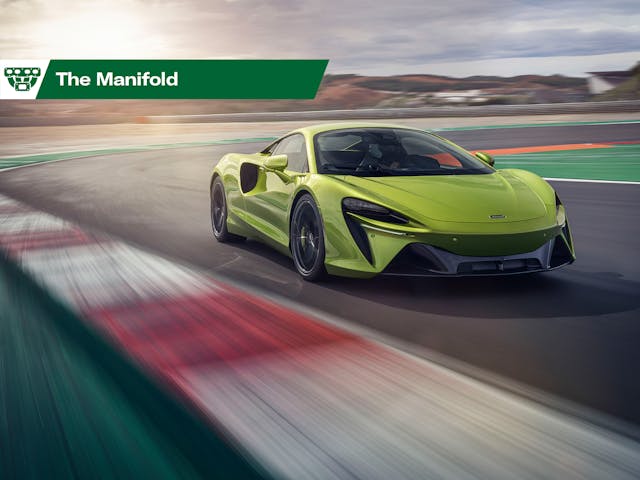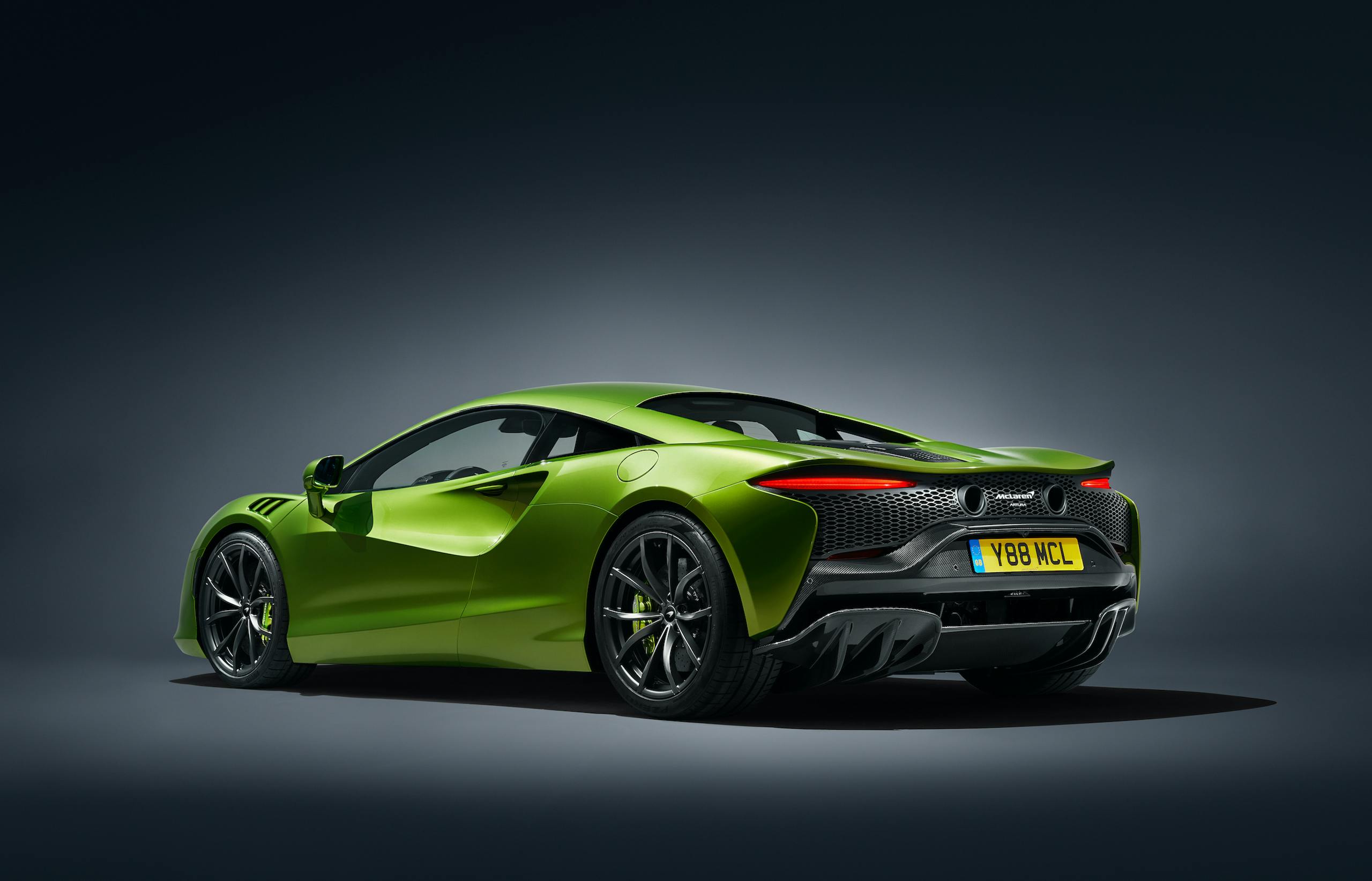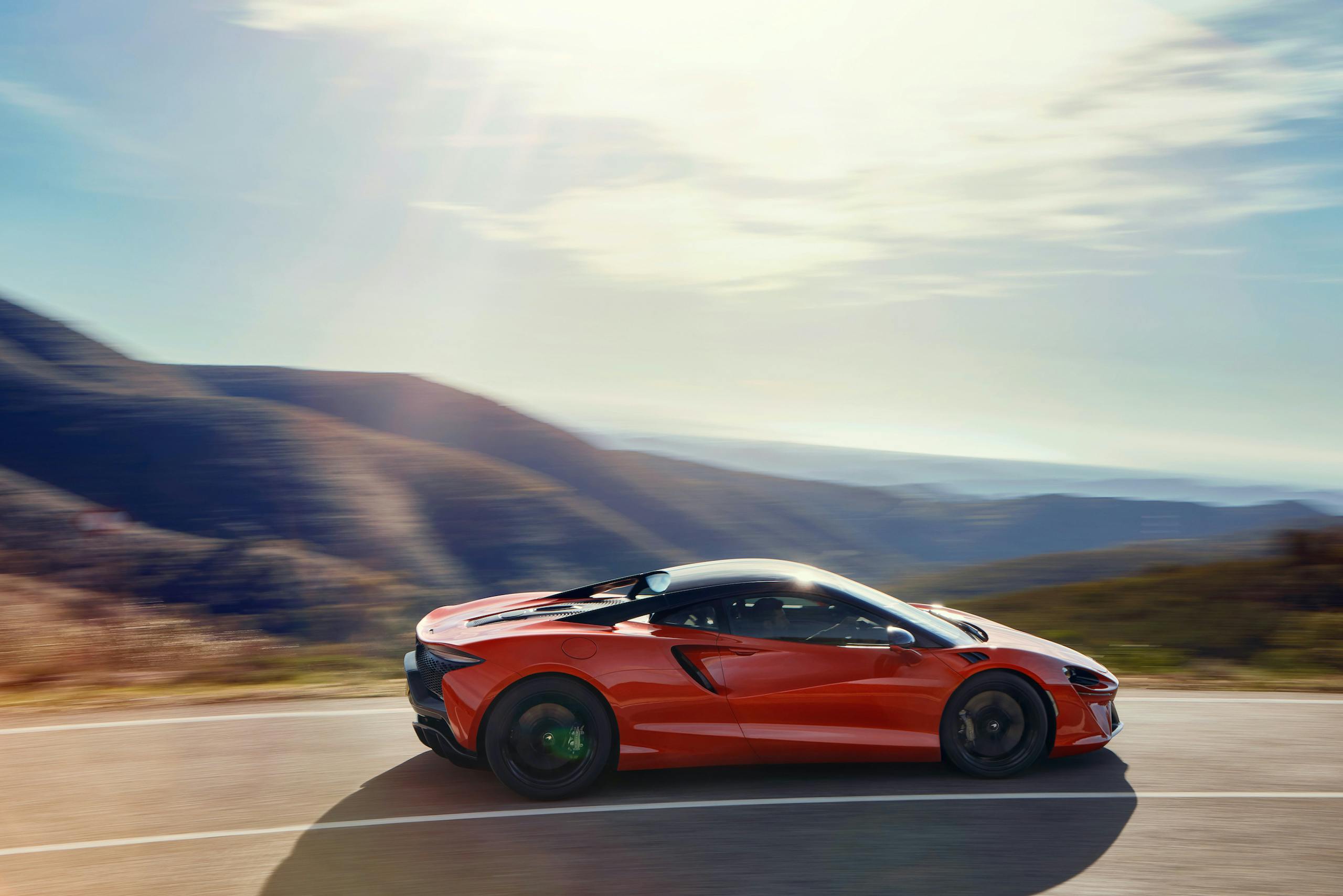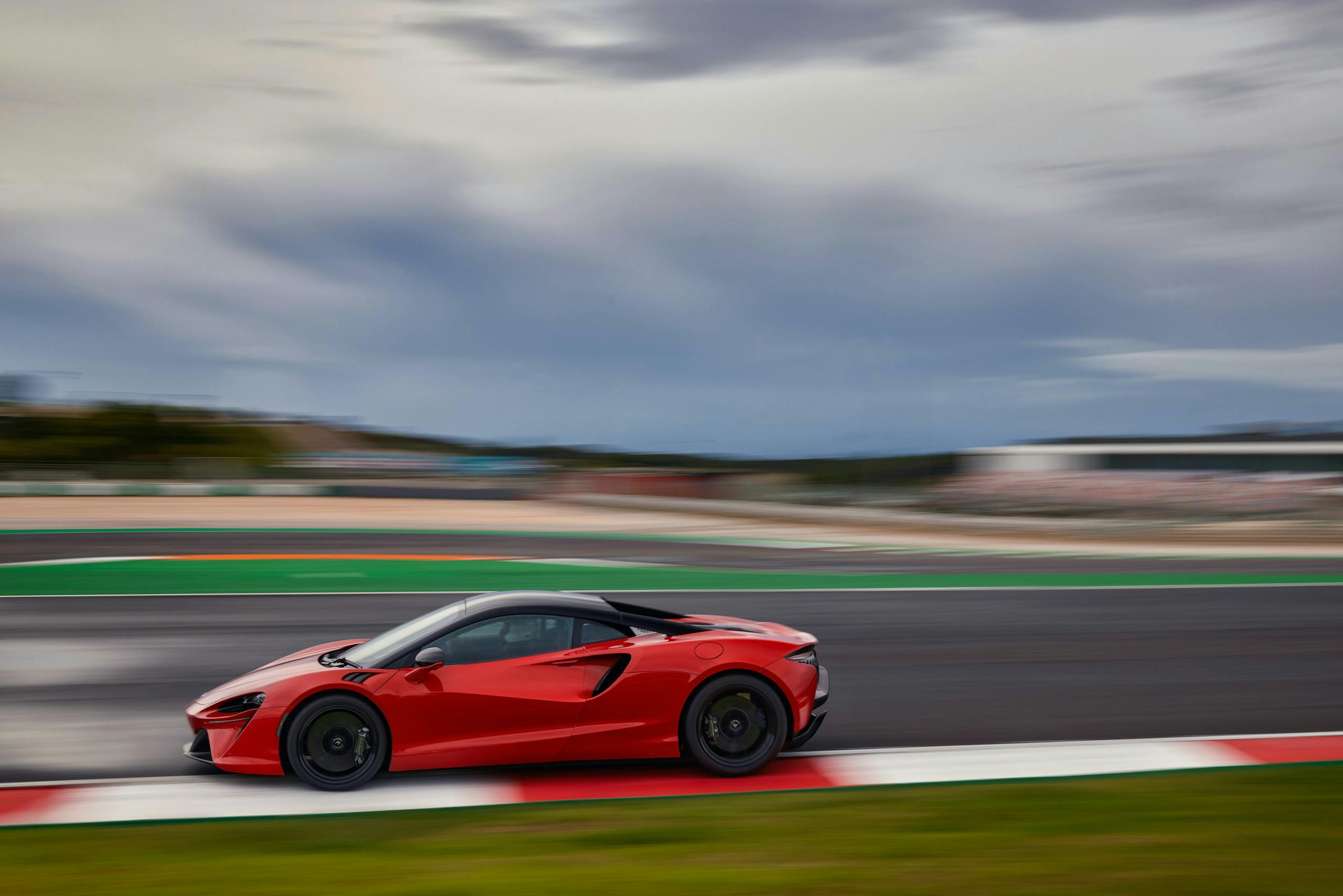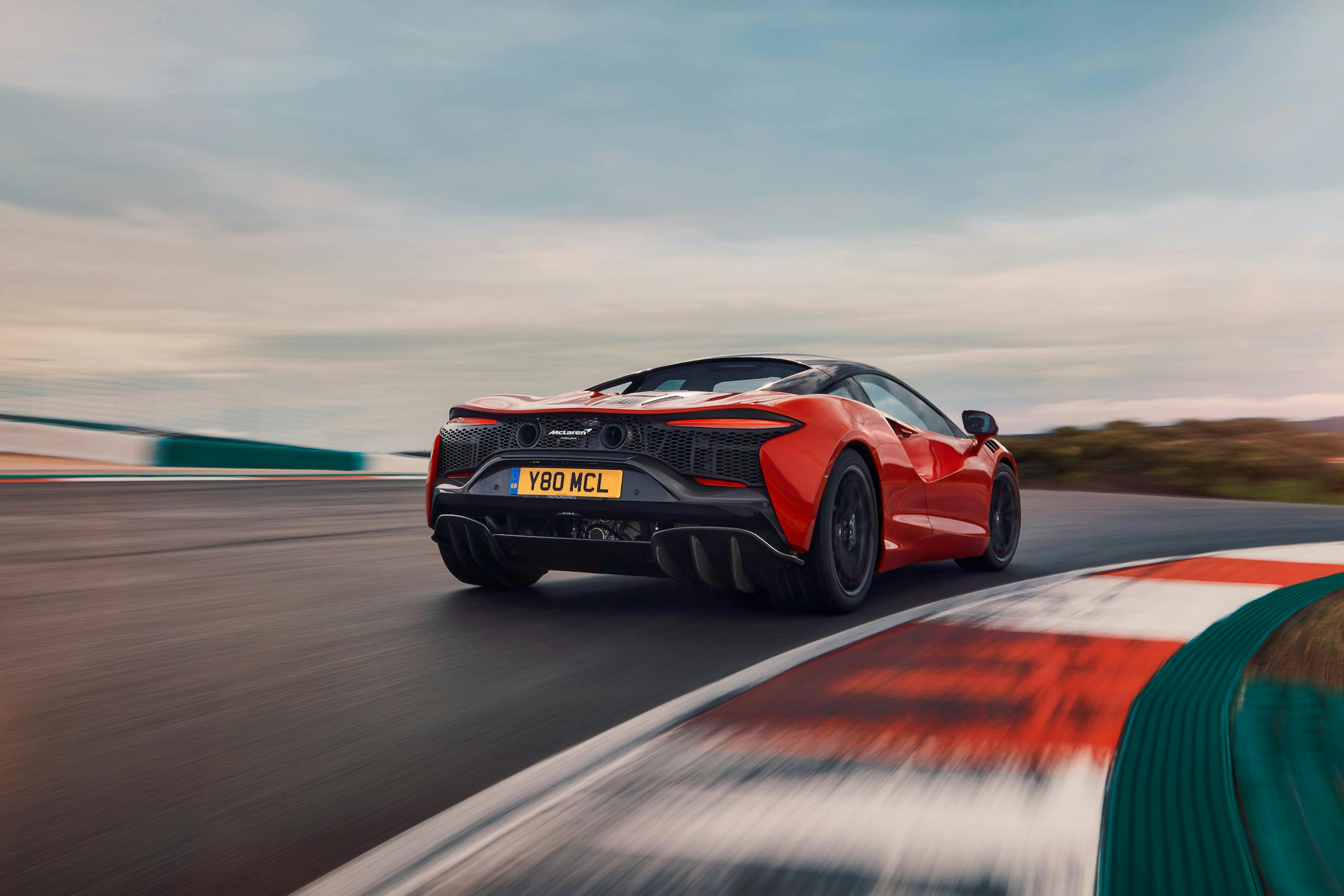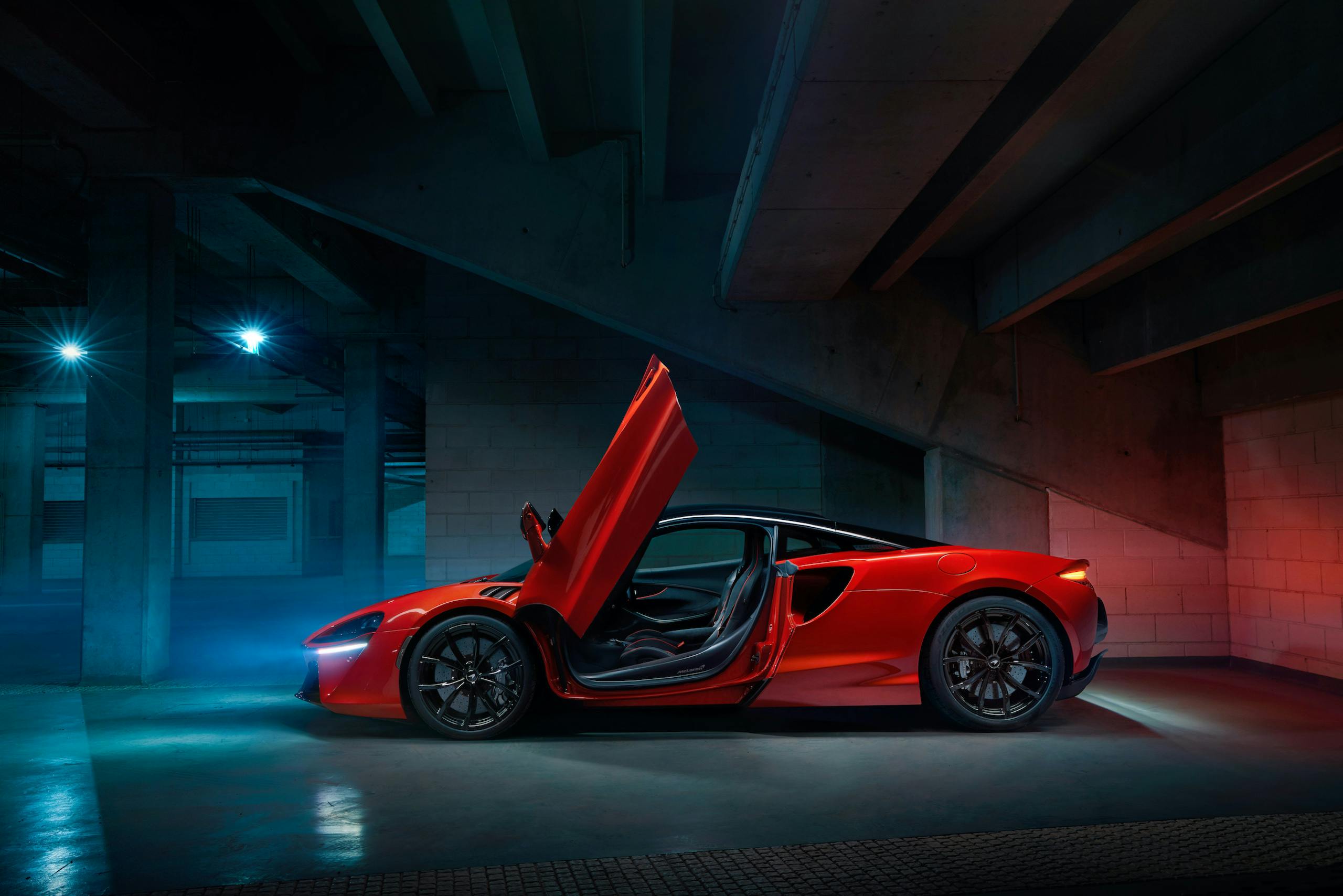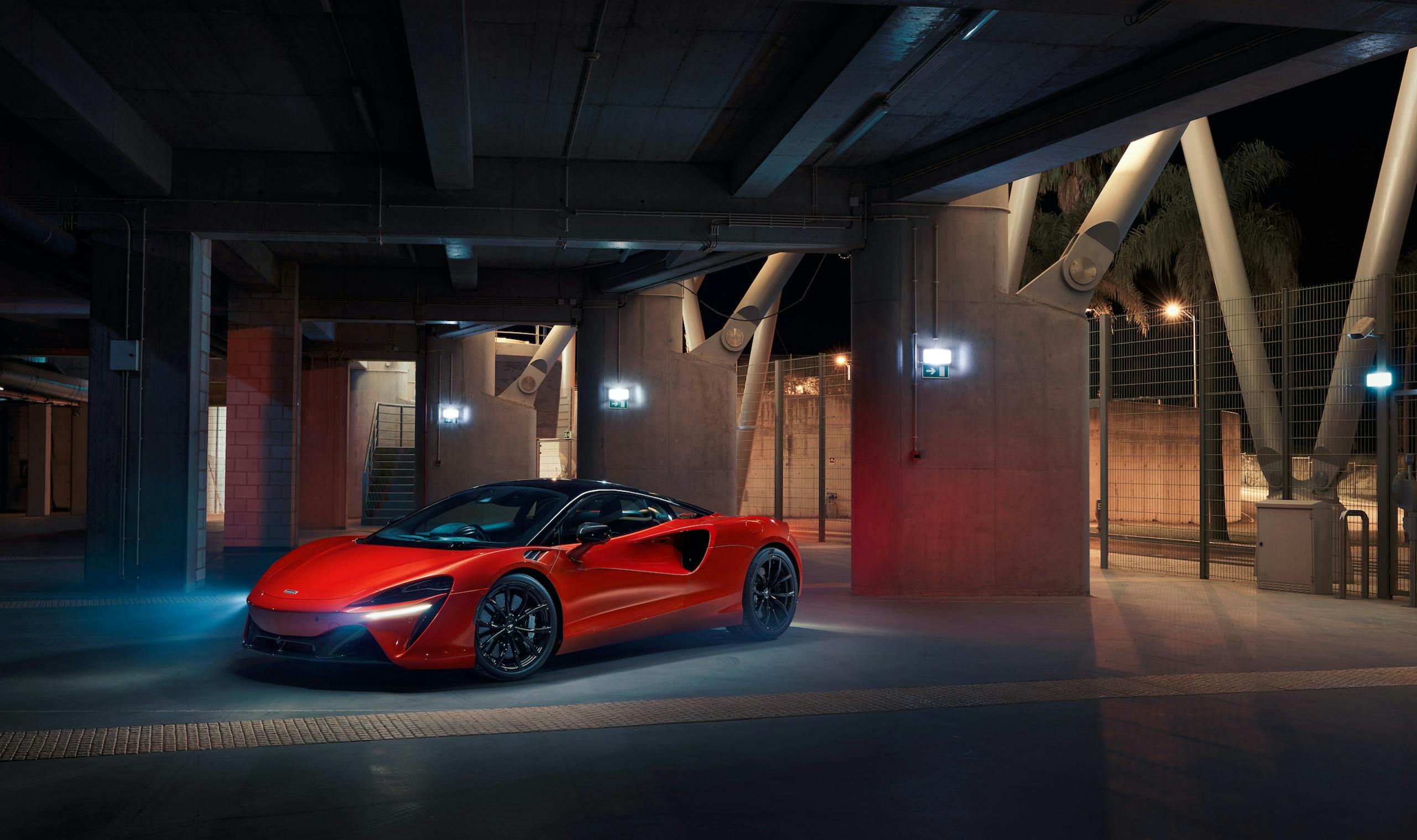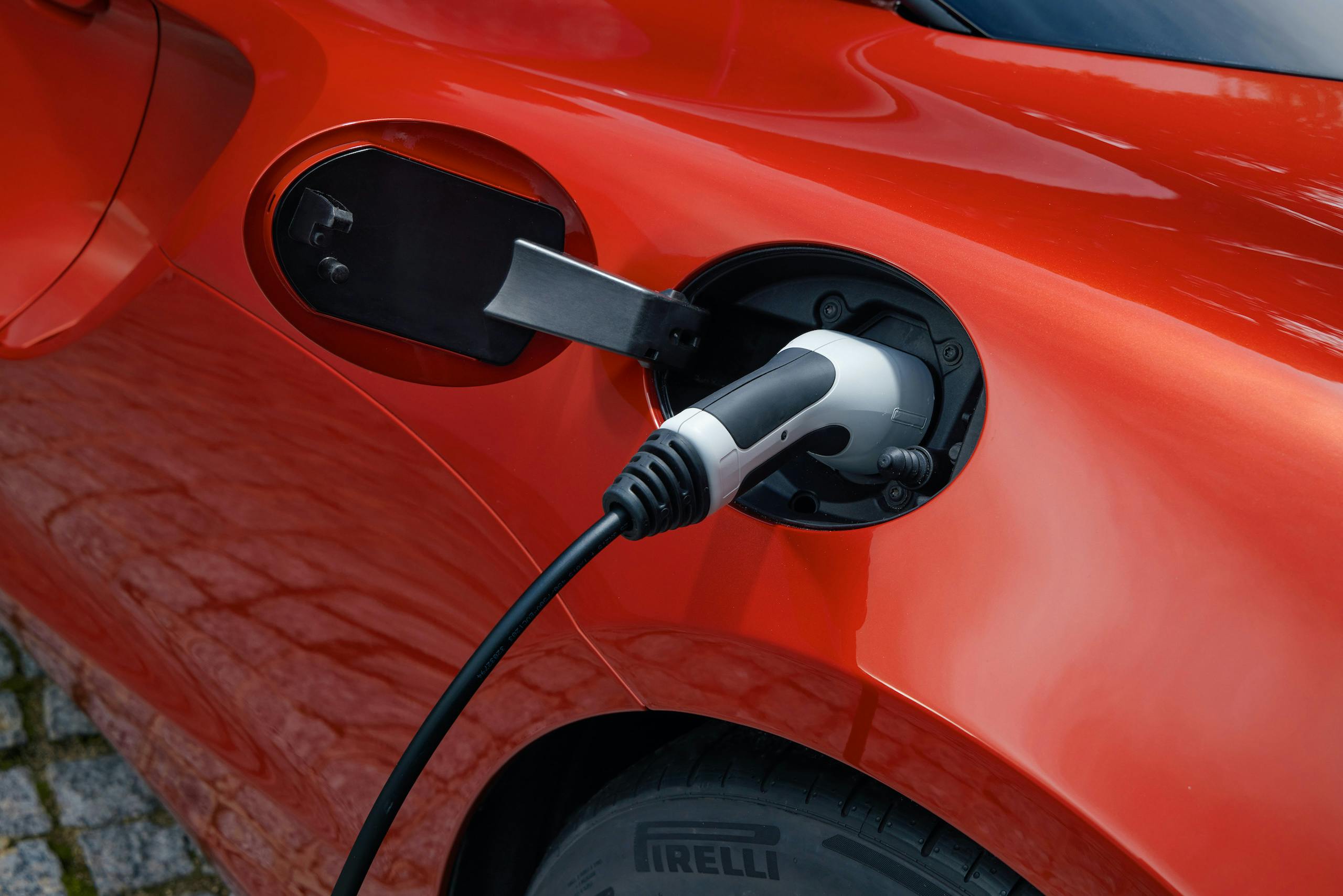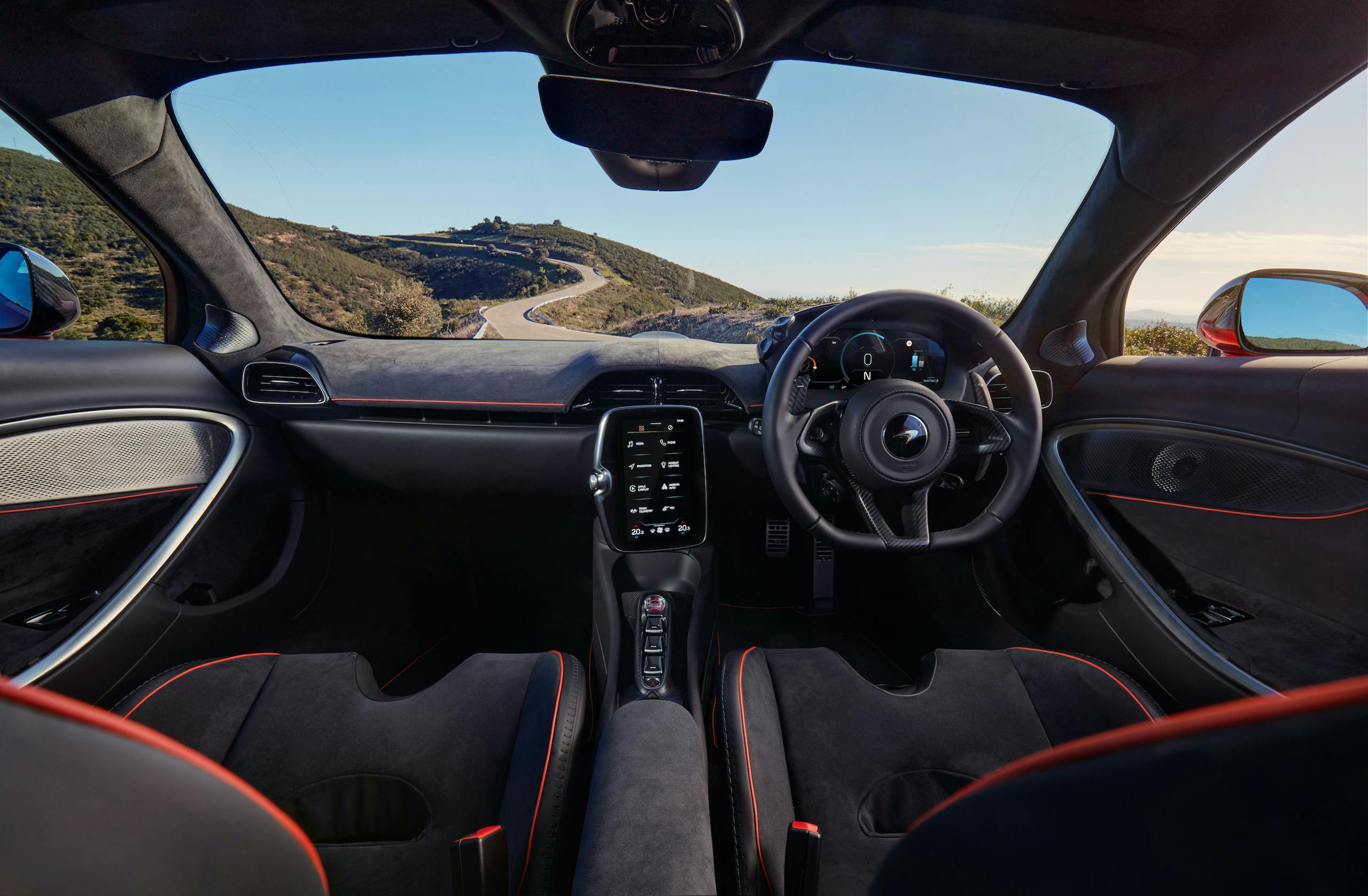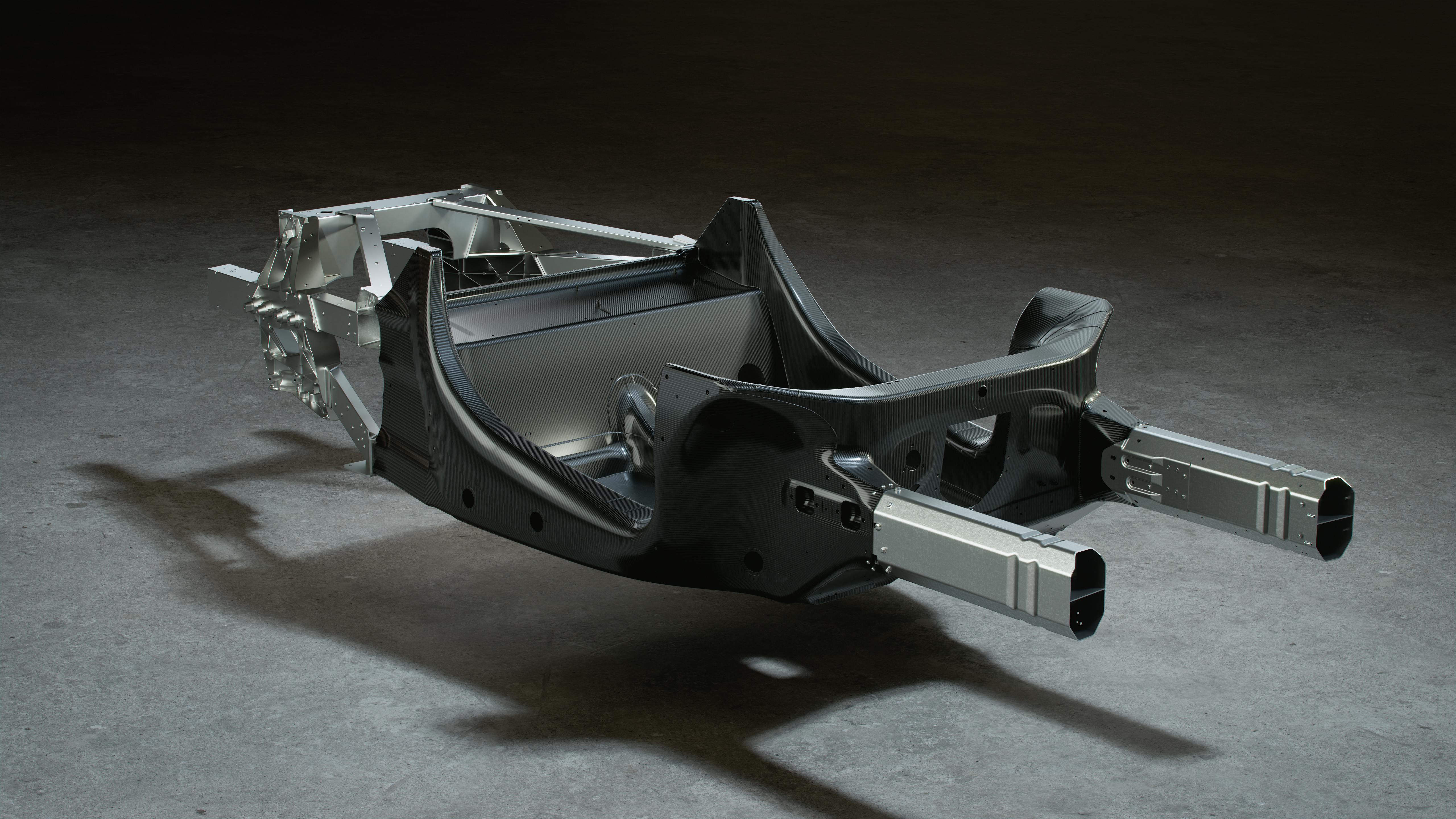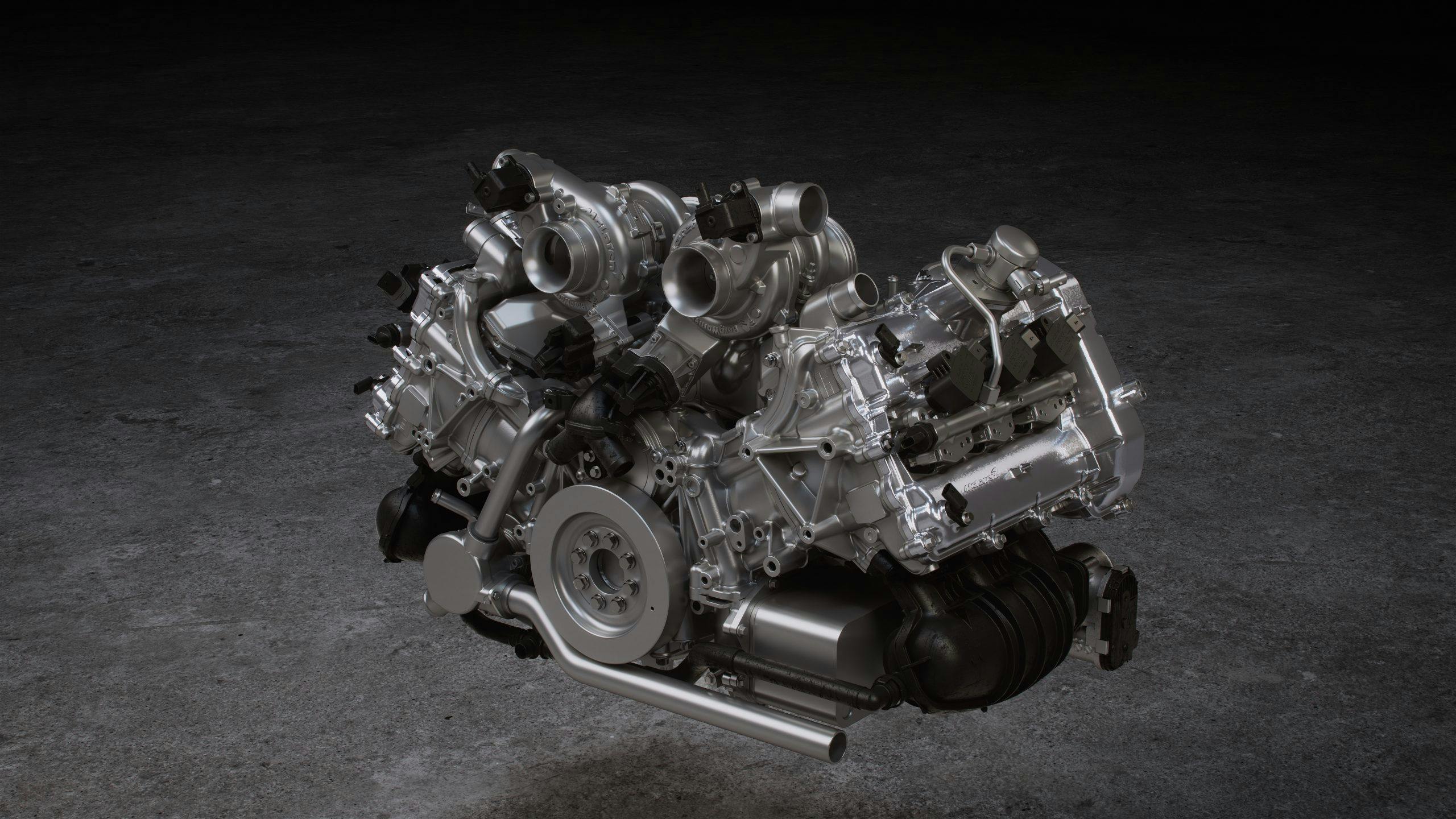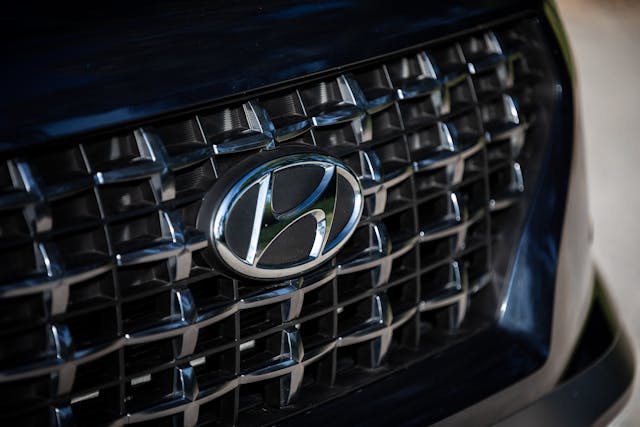Media | Articles
Chip issues delay McLaren’s Artura, Hyundai ceases engine R&D, big-battery Rivians take a back seat
Chip shortage strikes again, this time hampering McLaren’s Artura launch
Intake: The global semiconductor shortage will delay the launch of McLaren’s Artura plug-in hybrid supercar, according to a report from Automotive News. This is the third time that the hybrid V-6 McLaren has been delayed—it was initially slated to arrive in Q3 of last year, but operating challenges caused by the pandemic pushed that date to June of 2021, then supplier problems pushed that to early fall of 2021. The new target date for deliveries is now some time in July. The Artura will spearhead a new platform for McLaren, dubbed the Carbon Lightweight Architecture, or CLA. Power comes from a twin-turbo 3.0-liter V-6 engine that is supplemented by an axial flux electric motor and a 7.4-kilowatt-hour battery, with a combined output of 671 hp.
Exhaust: In a comment delivered to AN, McLaren spokesperson Roger Ormisher said, “We held on longer than everybody else in terms of stopping production, but unfortunately, our semiconductor supply dried up.” While it’s certainly unfortunate that the world will have to wait a bit longer to see what Woking’s latest supercar is capable of, chip issues remain a major hurdle. Earlier this year, Chevrolet dropped basic equipment such as heated seats from a wide swathe of products due to the chip shortage, and many other automakers have been forced to make similar decisions due to dwindling semiconductor supply.
Report: Hyundai halting hydrogen and internal-combustion engine development
Intake: Hyundai is putting all its eggs in the battery basket, according to South Korean media. A recent report in The Korea Economic Daily says the company is planning to close down its R&D center for combustion engines, while a story in The Chosun Iibo says that Hyundai is also to abandon work on hydrogen fuel cells. That would put the firm’s full focus on battery-electric vehicles. The Korea Economic Daily says that Hyundai has closed the engine development division at its Namyang Research and Development center, citing an email from the new R&D head Park Chung-kook which says, “Now, it is inevitable to convert into electrification. Our own engine development is a great achievement, but we must change the system to create future innovation based on the great asset from the past.” Meanwhile, The Chosun Iibo sates that Hyundai’s hydrogen plans have a hit a wall as the company face challenges to lower production costs to a viable level.
Exhaust: Hyundai halting the development of future internal combustion engines is no surprise; many car makers such as Audi, Mercedes-Benz, Jaguar, and the Stellantis Group have already announced similar plans. But ditching H2 just months after the Korean company revealed its Hydrogen Vision 2040 concept and hinted at a 2025 h2-fuelled Genesis is a bit more surprising. We’ve reached out to Hyundai for comment and will update when we hear back.
Rivian delays bigger-battery truck and SUV until 2023

Intake: In a letter sent to customers yesterday, Rivian CEO RJ Scaringe said that delivery of the “Max pack” battery versions of the R1T pickup and R1S SUV will be delayed until 2023. Range for these models is roughly 400 miles, versus the approximately 314-mile range of the standard “Large pack” battery. Of the 71,000 or so pre-orders for the all-electric truck and SUV, most are for the Large pack—80 percent, according to Automotive News. Both the Rivian truck and SUV are available in standard Explorer Package trim, as well as the premium Adventure Package trim. “In order to serve the largest number of preorder holders, we will be prioritizing building the Adventure Package with Large pack battery during the next year,” reads the letter from Rivian’s CEO.
Marketplace
Buy and sell classics with confidence
Exhaust: Since Rivian went public last quarter, the company has cited a number of hiccups related to manufacture of battery modules, available labor, the global supply chain, and the pandemic. The logic here—to fulfill the most orders as efficiently as possible—seems sound, but it is a bit of a letdown for customers who wrote a fatter check. Alas, these are the realities of our current global predicament, not to mention the risk of doing business with any all-new car company. Rivian had built 652 vehicles as of December 15, and it delivered 386 of them. Right now, the company’s online configurator for the R1T truck lists a starting price of $67,500, with the Max pack available at a $10,000 premium; the R1S SUV, starting at $70,000, lists only the standard Large pack battery.
Buick may revive the Electra nameplate as an EV
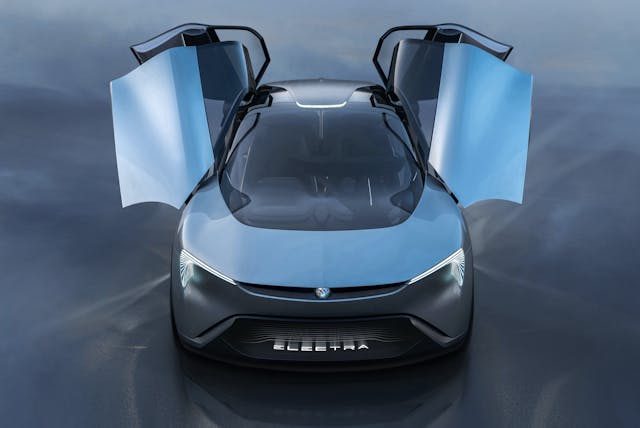
Intake: If there’s one name that deserves a return for our electrified future, it’s the Electra by Buick. If a new report from Car and Driver is any indication, we may soon get our wish. CandD noted that GM applied “for the ‘Buick Electra’ mark with the United States Trademark and Patent Office on December 20, 2021.” This move isn’t all that surprising, as the Electra name was affixed to a Buick concept SUV last year at the Bejing Auto Show. If the filing does indeed predicate a new Buick EV, expect said vehicle to ride on GM’s Ultium Platform.
Exhaust: But hold up on that, as the Electra name has nothing to do with electricity. On one fateful day, Harlow Curtice (President of Buick) met his brother-in-law’s wife, a woman named Electra Waggoner Biggs. Curtice was so taken by the middle-aged Texas sculptor and socialite that he named a 1959 Buick in her honor. In many ways she embodied the spirit of a premium vehicle for premium buyers, with a pedigreed education from Bryn Mawr, Columbia and the Sorbonne. Electra’s charms (as it were) lasted all the way until 1990, when the Park Avenue moved from an Electra trim level to a standalone model.
Alfa Romeo 4C to make a very limited comeback … as an Abarth

Intake: The recently-departed Alfa Romeo 4C is returning with Abarth badging, but just five examples will be built. Auto Italia magazine reports that the Abarth 1000 SP (Sport Prototipo) which was unveiled as a concept car in May 2021 will be put into very limited production using the 4c Spider platform. It’s a tribute to the car which won the Nürburgring 500 km endurance race in 1966, with curves that echo the 1960s racer. When the concept was first displayed Alfa Romeo said, “The Abarth 1000 SP echoes the lines and aesthetic characteristics of its forerunner. The sinuous body, with the soft surfaces of the fenders highlighting the position of the wheels, takes up the pattern of the spider with a central engine.”
Exhaust: Auto Italia reports that the cars will be priced at $228,000, or almost four times the cost of a 4c Spider. Presumably there are enough Alfisti or Abarthists out there willing to cough up to add this rare piece to their colleziones.
Let Jay Leno show you what it takes to run a steam car
Intake: Cars weren’t always the wildly complex mechanical devices we see and use today. In fact, early automobiles were remarkably simple, and nothin showcases that truth quite like a car that runs on steam. Of course Jay Leno has one, and on this week’s episode of Jay Leno’s Garage, our double-denim friend walks through the process of bringing the car from cold to ready-to-drive. Spoiler alert: Despite the simple components, waking one of these brutes up is neither easy nor quick.
Exhaust: The most interesting thing comes early in this how-to video: The White Steam Car Jay is firing up doesn’t have a boiler, but rather a steam generator. The more common Stanley steamers feature boilers that require building up a head of steam to run the car, while this White has something more akin to a tankless water heater. Very hot coils flash water to boiling point very quickly and allow the car to make steam nearly as fast as it is using it. This makes the whole thing a lot more usable.
